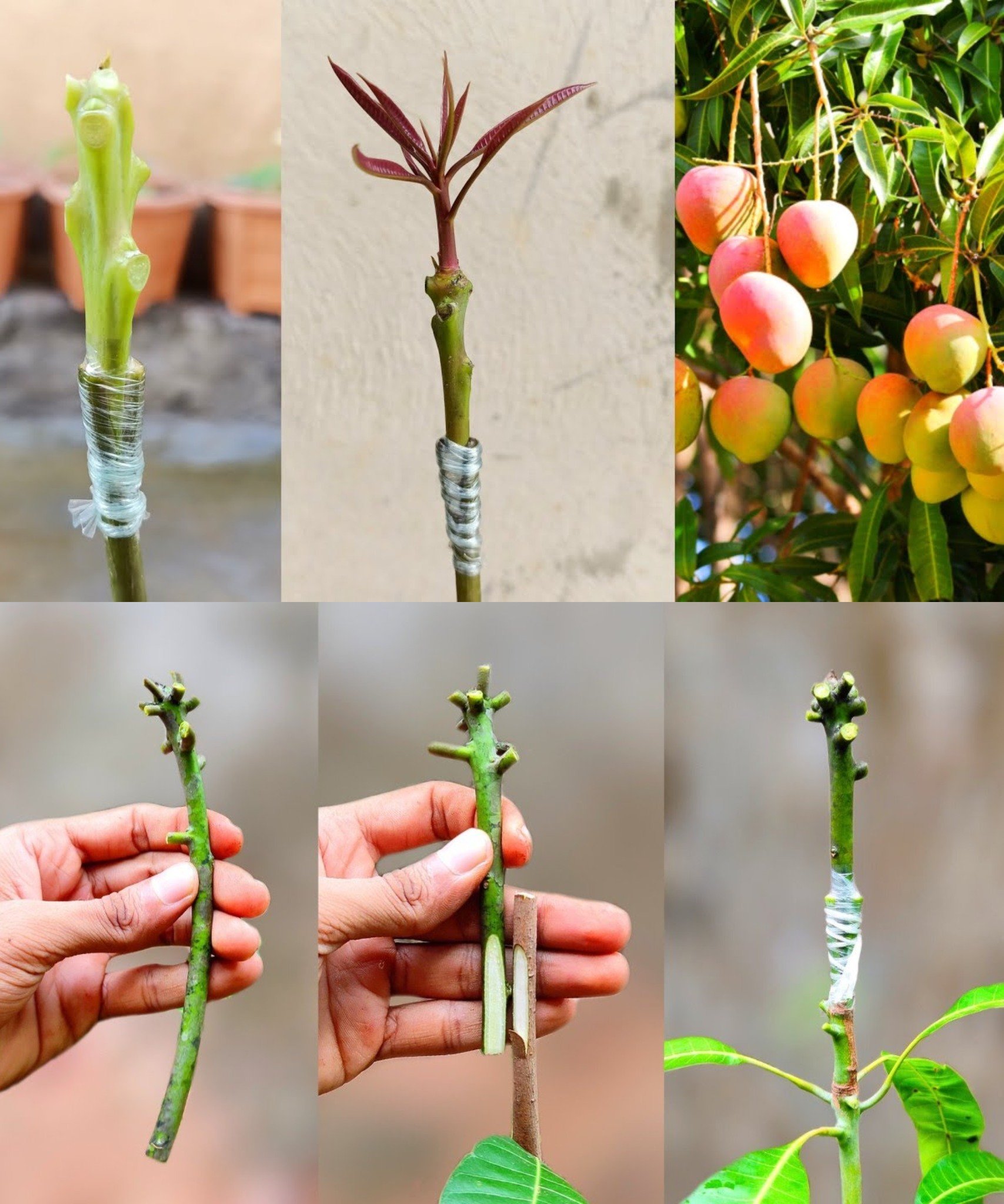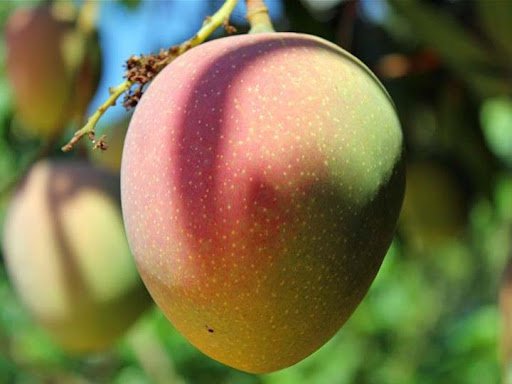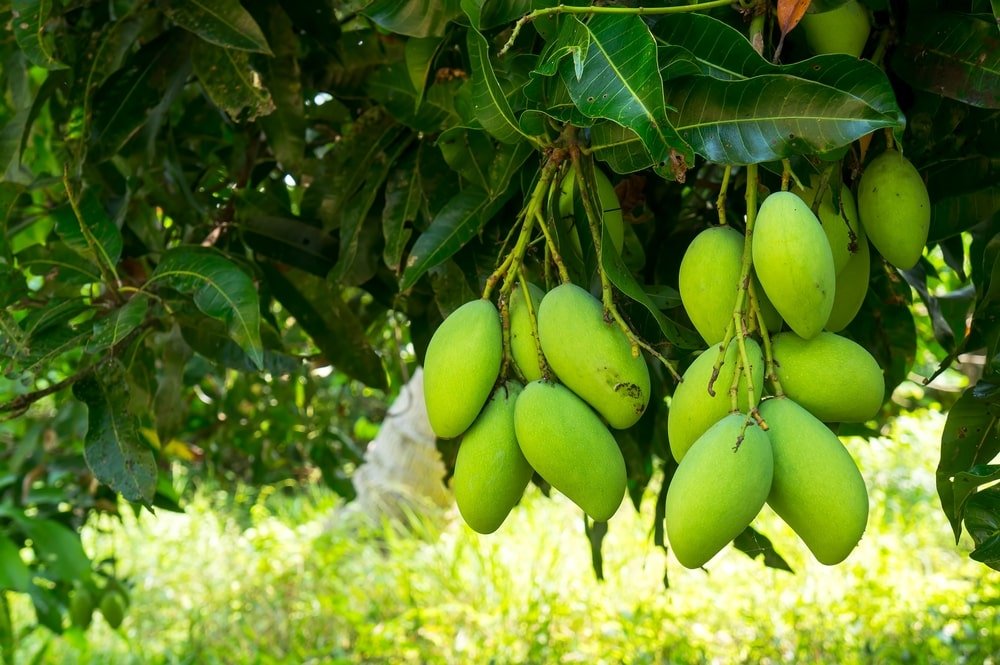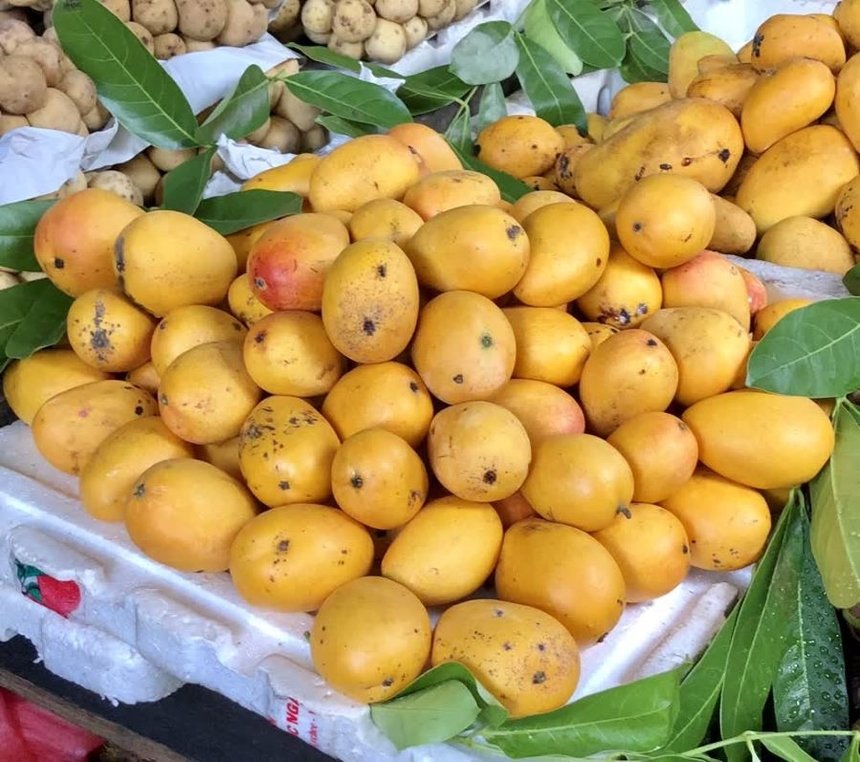Mango trees are a prized addition to any garden, providing sweet, juicy fruit and a beautiful, lush canopy. While growing mango trees from seeds is possible, it often results in trees that take years to bear fruit and may not produce the same quality as the parent tree. This is where grafting comes in. Grafting mango trees ensures faster fruit production, stronger resistance to diseases, and higher-quality fruit.
If you’re wondering whether you’re grafting mango trees the right way, this guide will provide you with everything you need to know, from selecting the right materials to ensuring successful growth. Let’s dive into the secrets of mango grafting
### Why Should You Graft Mango Trees?

Grafting is a technique where a branch (scion) from a mature, fruit-bearing mango tree is attached to a healthy young tree (rootstock). This method provides several benefits:
– **Faster Fruiting** – Grafted mango trees begin producing fruit in just 2–3 years, compared to 5–8 years for seed-grown trees.
– **Consistent Fruit Quality** – The fruit from a grafted tree will be identical to that of the parent tree, ensuring the same taste, texture, and size.
– **Stronger Resistance** – Grafted trees are more resilient against pests and diseases, reducing the risk of tree loss.
– **Space Efficiency** – Since grafted trees can be controlled in size, they are ideal for small gardens or container growing.
### Materials Needed for Grafting Mango Trees

To successfully graft a mango tree, you will need:
– **Rootstock** – A healthy, young mango tree (about 1 year old) with strong roots.
– **Scion** – A branch from a mature, productive mango tree with at least 2–3 buds.
– **Sharp Knife or Grafting Tool** – For making clean, precise cuts.
– **Pruning Shears** – To remove excess branches and leaves.
– **Grafting Tape or Plastic Wrap** – To secure the graft and protect it from infections.
– **Label and Marker** – To identify different grafts if performing multiple grafting attempts.
### Step-by-Step Guide to Grafting Mango Trees
#### **1. Selecting the Right Rootstock and Scion**
Choose a healthy rootstock that is at least 12 months old and free from pests or diseases. The rootstock should have a straight, strong trunk. For the scion, select a branch from a high-yield mango tree. Ensure the scion is about 6–8 inches long and has a diameter similar to the rootstock.
#### **2. Preparing the Rootstock and Scion**
– Cut the rootstock 5–6 inches from the top to create a flat surface.
– Trim the scion to about 6 inches, making a V-shaped cut at the base.
– Remove excess leaves from the scion to prevent moisture loss.
#### **3. Attaching the Scion to the Rootstock**
– Make a vertical slit in the center of the rootstock’s cut surface.
– Insert the V-shaped scion into the slit so they fit snugly together.
– Wrap the graft tightly with grafting tape or plastic wrap, ensuring no air gaps are left between the two pieces.
#### **4. Providing Proper Post-Grafting Care**
– **Placement:** Keep the grafted tree in a warm, shaded area for 2–3 weeks to reduce stress.
– **Watering:** Water regularly but avoid overwatering, as excessive moisture can lead to rot.
– **Pruning:** Remove any shoots from the rootstock to direct energy to the grafted section.
– **Protection:** Avoid exposing the grafted tree to direct sunlight or strong winds until new growth appears.
#### **5. Monitoring and Unwrapping the Graft**
After 3–4 weeks, check the graft for signs of new growth. Once you see healthy leaves and buds forming, gently remove the tape after 6–8 weeks to allow natural healing. Be careful not to disturb the grafted section too soon, as premature removal of the wrap can cause failure.
### Common Mistakes to Avoid in Mango Grafting

Grafting mango trees requires patience and precision. Here are some common mistakes that can lead to unsuccessful grafting:
1. **Using Weak or Diseased Rootstock** – A weak rootstock will struggle to support the new scion.
2. **Incorrect Cutting Techniques** – Poorly made cuts can prevent the scion from properly attaching to the rootstock.
3. **Loose Wrapping** – If the graft is not tightly secured, it may not heal properly.
4. **Grafting at the Wrong Time** – The best time to graft mango trees is during warm months (spring and summer) when the tree is actively growing.
5. **Neglecting Aftercare** – Failing to monitor water levels, sunlight exposure, and new shoots can lead to graft failure.
### Additional Tips for Successful Mango Grafting
– Choose a scion from a tree that produces high-quality fruit.
– Ensure both the scion and rootstock have similar diameters for better fusion.
– Keep the grafted plant in a humid environment to encourage healing.
– If the first grafting attempt fails, don’t be discouraged—practice improves success rates
### Final Thoughts: Enjoying Homegrown Mangoes from Your Grafted Tree

By mastering the art of mango grafting, you can enjoy homegrown mangoes much sooner than traditional seed-grown trees. With the right technique, patience, and care, your grafted mango tree will reward you with delicious fruit, strong growth, and enhanced disease resistance.
Whether you’re a beginner or an experienced gardener, following these steps will ensure success in grafting mango trees. If you haven’t tried grafting before, now is the perfect time to start. Unlock the secret to growing strong, productive mango trees and enjoy the fruits of your labor for years to come
